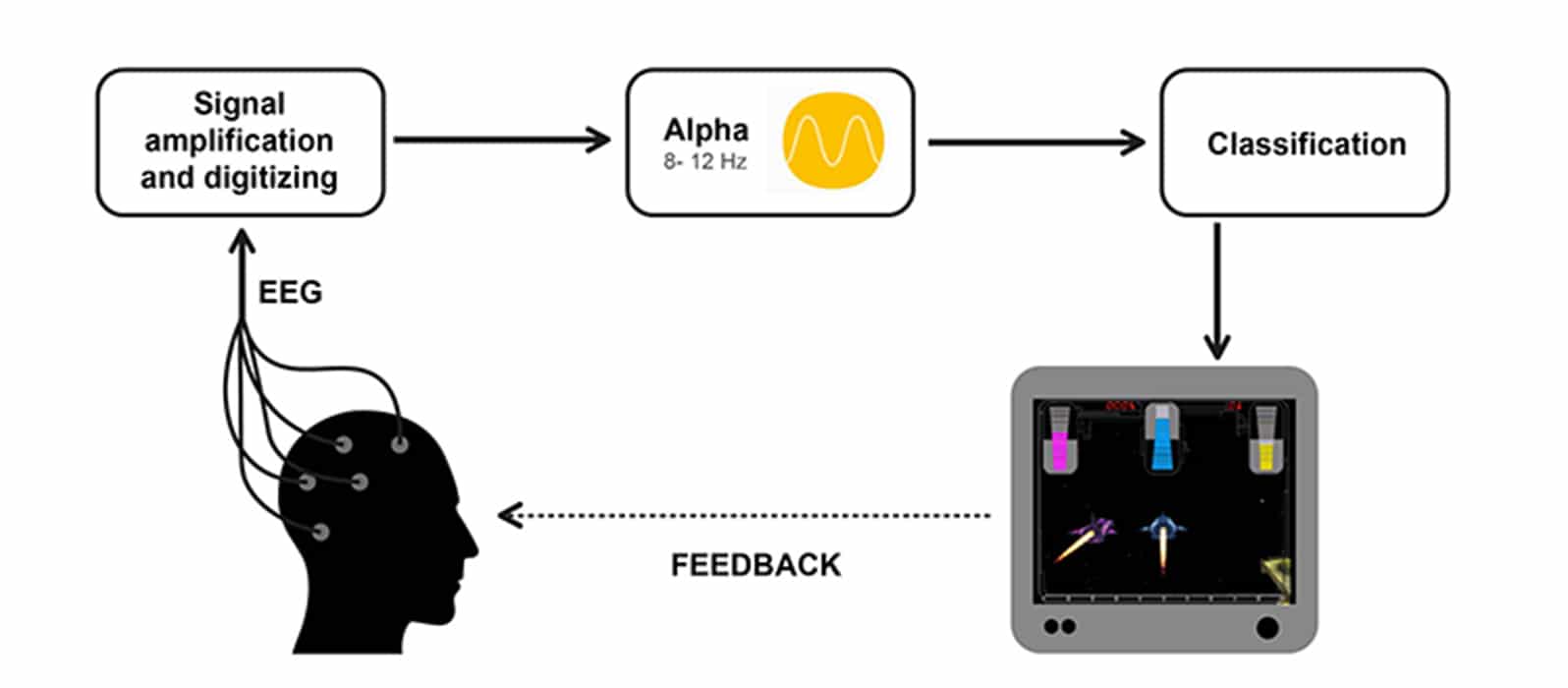
Attention Deficit Hyperactivity Disorder (ADHD) is a neurodevelopmental disorder that affects about 7% of children. It is characterized by concentration difficulties, increased distractibility, impulsivity, and hyperactivity.
In today’s date, pharmaceutical drugs are being used to treat ADHD. Scientists from the University of Geneva (UNIGE) and the University Hospitals of Geneva (HUG), Switzerland, have devised a new neurofeedback technique. The technique enables patients to train their attention based on instant feedback from the level of their brain activity.
Scientists found that not only did the training have a positive effect on patients’ concentration abilities, but also that the attention improvement was closely linked to an enhanced response from the brain– the P3 wave – which is known to reflect an integration of information in the brain, with higher P3 amplitudes indicating greater attention towards detected targets.
Roland Hasler, a researcher in the HUG Division of Psychiatric Specialties, said, “However, pharmaceutical treatments can be accompanied by significant side effects, such as nervousness, sleep disturbance, but also an increased risk of developing other psychiatric disorders or cardiovascular diseases. This is why we wanted to investigate a completely non-pharmacological and non-invasive treatment based on the principle of ‘neurofeedback'”
Neurofeedback is a type of neurocognitive intervention dependent on the training of “real-time” brain signals. Using an electroencephalogram (EEG) with 64 sensors, scientists capture the electrical activity of cortical neurons and focus their analysis on the spontaneous Alpha rhythm (with recurrence around 10 Hertz), coupling its amplitude fluctuation to a video game patients can control with the power of their attention.
Tomas Ros, a researcher in the Department of Basic Neurosciences at UNIGE Faculty of Medicine and the Centre for Biomedical Imaging (CIBM), said, “Neurofeedback aims to make the patients aware of the moments when they are no longer attentive. With practice, brain networks then “learn” to reduce attentional lapses through neuroplasticity. To do this, the patient’s EEG is connected to a computer that displays the image of a space shuttle. When the patient is in an attentive brain state (low Alpha rhythm), this makes the space shuttle move forward. But as soon as the patient is distracted or loses attention (high Alpha rhythm), this stops the space-shuttle movement instantly. Faced with the stopping of the space shuttle, the patient realizes that he/she was no longer paying attention and refocuses to restart the shuttle.”
Scientists measured the effects of neurofeedback by administering an attention test to 25 adults with ADHD and 22 neurotypical adults. The outcomes showed that, at baseline, ADHD patients committed more mistakes and had a more variable reaction time than the control participants, in accordance with a signature of impeded attention. Following 30 minutes of neurofeedback training, the members retook the attention test.
Marie-Pierre Deiber said, “The first finding was that stimulus detection and response variability were improved, indicating attentional enhancement. But what interested us most was the impact of the neurofeedback training on the P3 component, which has previously been shown to be reduced in ADHD, and directly linked to the neurocognitive processing of the stimulus.”
“The higher the amplitude of the P3, the more efficient the processing of the stimulus is, and the more accurate the response to the attention task. The amplitude of the P3 increased significantly after neurofeedback training, and was directly associated with a reduction in the number of errors made by the patients.”
Nader Perroud, professor in the Department of Psychiatry at UNIGE Faculty of Medicine and the HUG Division of Psychiatric Specialties, said, “This study firstly shows that a single 30-minute session of neurofeedback can induce short-term plasticity in the brain and encourages attentional improvements in ADHD patients. Secondly, it supports the existence of an electrophysiological marker of attentional processing in ADHD.”
“Thus, the P3 could be a cerebral signature that would allow us to understand the neurocognitive mechanisms of ADHD better.”
“Finally, as the effects are evident in the short term, the scientists plan to carry out a neurofeedback treatment based on multiple training sessions to observe whether the brain’s plasticity is strengthened over time. The ultimate goal is to enable patients to learn to concentrate without medication and to be able to train their brain in the comfort of their home.”
Journal Reference:
- Marie-PierreDeiber et al. Electrophysiological correlates of improved executive function following EEG neurofeedback in adult attention deficit hyperactivity disorder. DOI: 10.1016/j.clinph.2021.05.017
Continue reading Neurofeedback: Enabling ADHD patients to train their attention on Tech Explorist.
0 comments:
Post a Comment